Booty, Booty, Booty, Rocking Everywhere…
IDK if this is NSFW or what, it’s kinda hilarious.
That line of literary genius was “spit” (that’s what the cool kids say these days) by Bubba Sparks circa 2009.
With the rise of Instagram “Glute Building Experts” (aka. soft core porn veiled as fitness) and Pintrest 30 Day Butt Challenges there’s a whole lotta hyperextension, ie sticking your ass out, getting passed off as “technique”.
I guess that’s what happens when your “fitness expert” is just a model with a big butt who likes to workout….
This “Duck Butt” position that you see a lot of these “experts” exhibit is actually just jamming the pelvis/ sacrum (s1) into the lumbar (L4-5) vertebrae and basically hanging off the low back to create stability.
It’s generally a poor position to be in from a technique standpoint.
It limits your strength, power and increases your chance at an injury mainly because lumbar hyperextension limits your ability to use your glutes effectively.
That’s right, it’s limiting your #bootygainzz and ain’t no body wanna limit #bootygainzz
The Duck Butt/ Lumbar Hyperextension
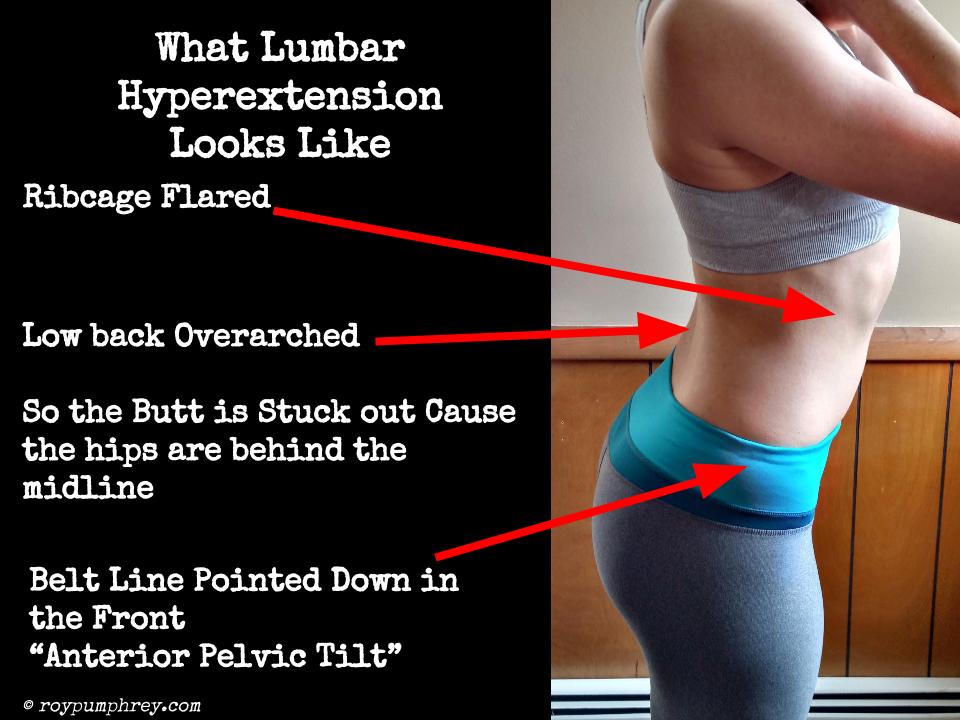
Vs.
The “Pillar Position”/ Neutral Ribcage- Hip
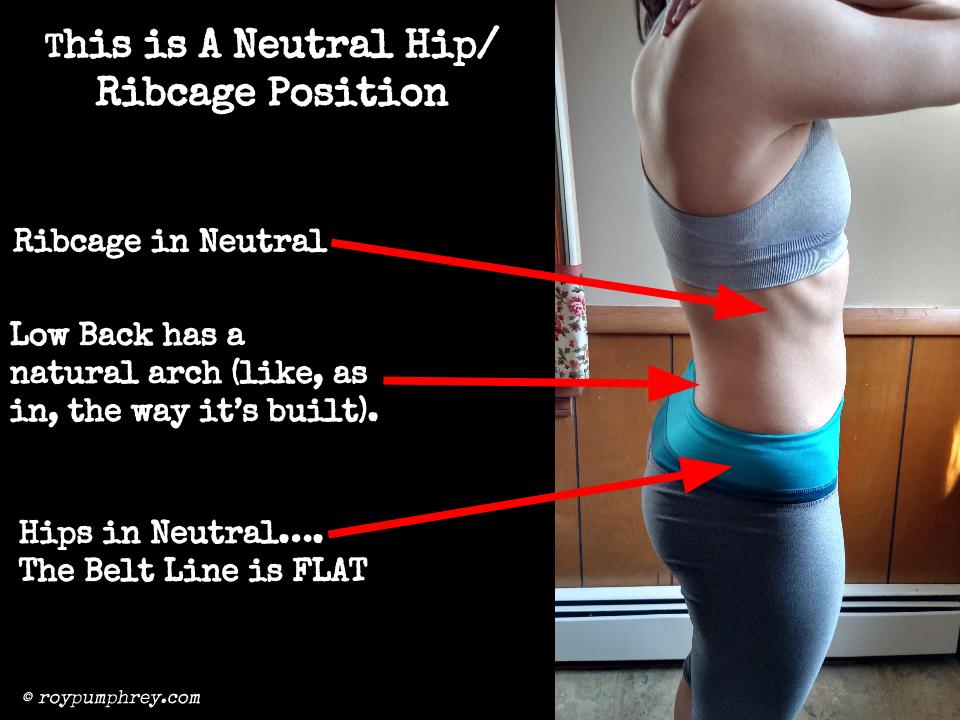
While she still has plenty of “posterior chain” that was code word for ass in the Pillar (neutral) position it’s because she has actually developed gluteal muscles.
Not because she can jam her pelvis into the lumbar spine while arching up as hard as possible.
And why does this matter?
Because creating, and maintaining, a stable “pillar”, not only maximizes #bootygainzz but also allows you to set national records in your first meet and do other boss stuff like that.
I know, lifting those weights made her all huge, gross and disgusting. I’m sorry you had to see that.
How Do We Get Right And Tight?
Before we move on:
I’m going to assume that you’ve got enough ass and core for this to work. <—I know this is a mistake but we’re keeping this thing to less than 3K words and readable, ya gotta get back to work right?.
If not, you NEED those and they need to work together.
If you can’t easily activate your glutes or brace your core you need to work on that.
Quick Test: Does your bridge look like the left or the right?
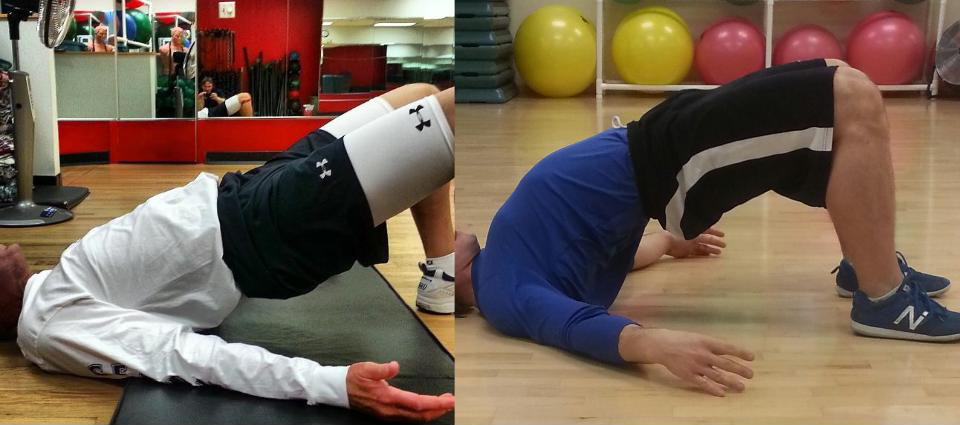
Hopefully you said the left.
That’s proper rib/ hip alignment when the hips are fully engaged and extended.
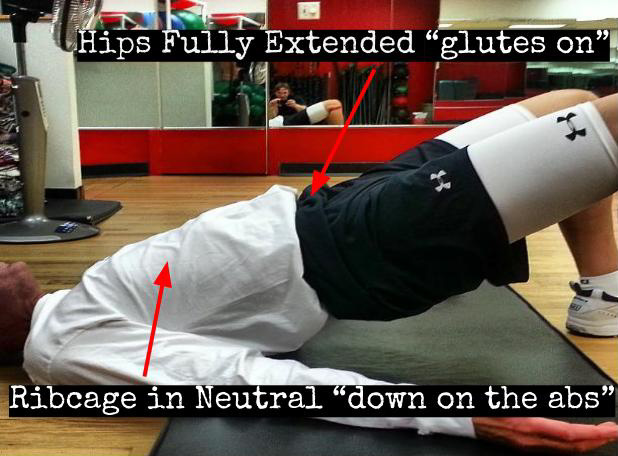
If you can’t get here on the ground, you’re probably not getting here standing up.
Step One: Learn The Pillar Position
The Pillar Position is the idea that a stacked spine (vertebrae in correct alignment with a stable pelvis) is potentially the most stable position.
The idea here is to use the glutes for hip extension to “set” the pelvis as a stable base for the spine.
From here it’s the job of the “core” to provide a protective corset around spine and because the pelvis is set and in neutral the core is in a position to actually accomplish this task.
Learn the “Pillar”:
- Stand tall with the ribcage and hips in neutral, parallel to each other.
- Stick your fingers into your abs
- Squeeze your glutes as hard as possible, pressing the hip (hip extension) forward without changing the hip angle (where the belt buckle is pointing).
Think about trying to press your belt buckle forward as hard as possible with your glutes and without leaning back.
Feel the abs fire?
Didn’t even need to try did you?
Magic, I know.
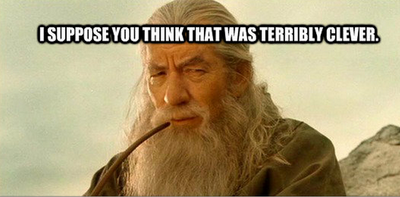
Actually Gandalf, I do…
Step Two:
Work on maintaining the “pillar” and keeping the hip and ribcage angles constant, parallel, and tied together through the whole lift while using the glutes to press the hips underneath of the pillar.
The Band Good Mornings with a Mini Band Around the knees is a good drill to help integrate/ drill using the hips through the whole range of motion and maintaining this integration.
The Band behind the neck loads the hips in flexion and extension and the band around the knees in external rotation.
Step Three:
Once you’re back to lifting for realzzz, don’t stop short, finish the lift:
“Stand on the glutes”
That’s the cue I use for clients to get into full hip extension.
Too often, people are in a good position through 95% of the lift then, at or just before the end of the movement, they either lean back (to hang off the back) or relax (to hang off the back).
You should be TIGHT, finishing in the “pillar” position.
Check Yo Self Fool:
Video your lifts and look for the lumbar hyperextension “default”:
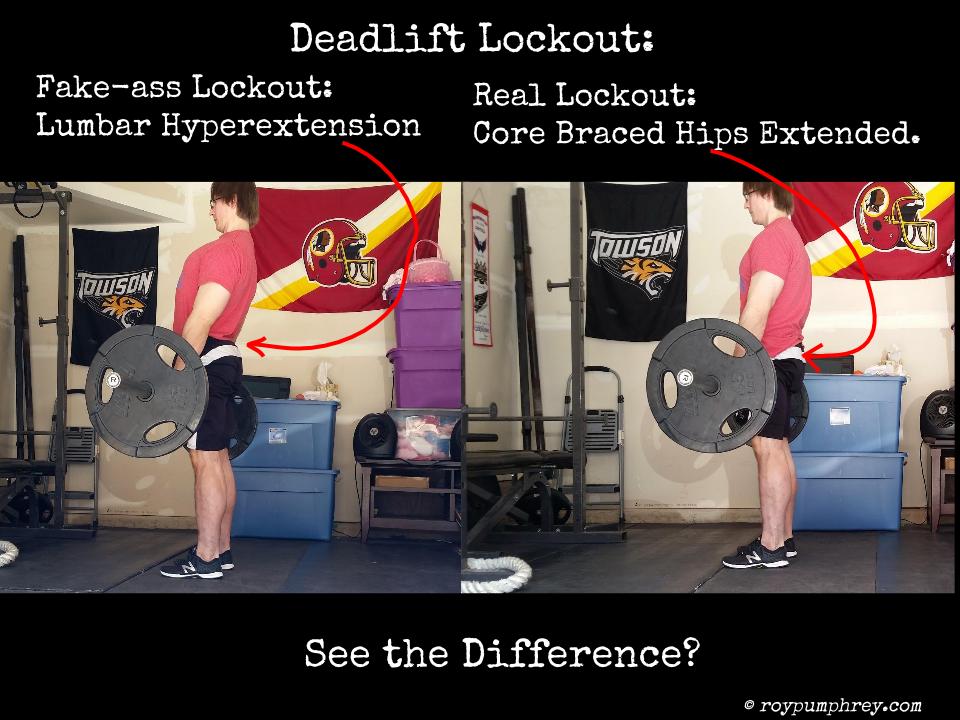
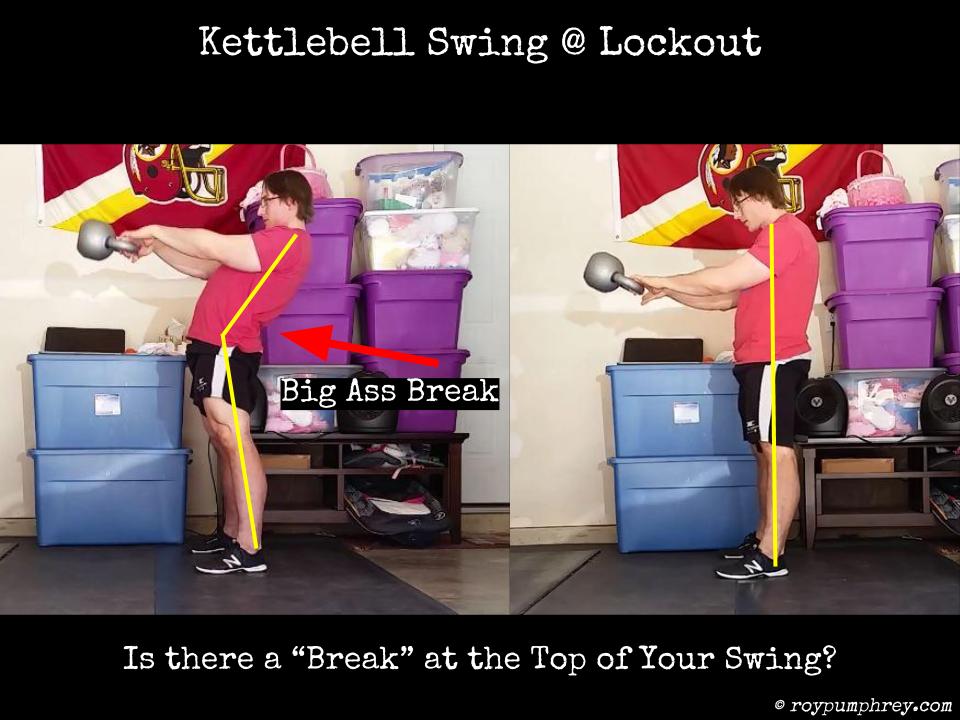
Lumbar hyperextension also happens in just about every other exercise, but these are the two worst offenders that I see regularly.
A very slight arch in the low back is probably ok considering you kinda came that way.
But remember no giant Jen Selter arch.
And to finish,
Too often belts are used by folks who arch up excessively.
They use the belt as a passive support to hold them in place while they arch up and lean against the belt the whole time.
Breath OUT into the belt…literally PUSH into all 4 corners of the belt the whole time.
The belt should be an ACTIVE support.
It’s there for you to push out into and increase intra-abdominal pressure and make the pillar stronger.
NOT to brace you so you can arch up (hyperextend) into it harder.



[…] using the “core” to brace against the forces, this default makes you Instagram famous uses the lumbar spine and pelvis, driving into each other, to buttress […]